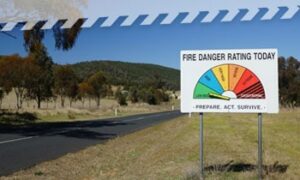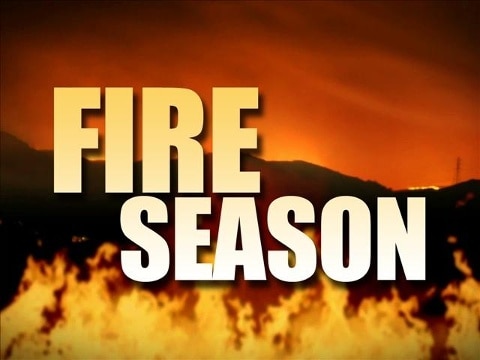Essential Tips For Safe Travel During The Bushfire Season
With bushfires currently affecting many parts of Australia, it is important to be prepared, especially for the Summer ahead as you could be affected by a fire during your travels.
Did you know that bush and grass fires often cross roads and highways where smoke can reduce visibility and roads may also be closed without warning.
To get you prepared and to keep you safe, here are some essential tips you should know.
Know your risks and check before you go
- Download the NSW Fires Near Me App or access the website for Fire Danger Ratings and Bush Fire Alerts
- Weather conditions on the Bureau of Meteorology website
- Read the Caravan and Camping Bush Fire Safety fact sheet
- Don’t travel through remote areas on Total Fire Ban Days.
Tops Tips To Keep Safe
- Pack an Emergency Survival Kit and include:
- Portable battery-operated radio
- Waterproof torch
- Spare batteries
- First aid kit with manual
- Candles with waterproof matches
- Woollen blankets
- Emergency contact numbers
- Waterproof bag for valuables
Before you leave, you should add:
- Cash, ATM cards, credit cards
- Medications, toiletries and sanitary supplies
- Special requirements for infants, elderly, injured, disabled
- Mobile phone and charger
- Combination pocket knife
- Important documents, valuables and photos (in a waterproof bag)
- Change of clothes for everyone
- Drinking water (at least three litres per person per day)
Remember to prepare for your pets as well. Make sure your pet is wearing an identification tag. If you’re leaving, take a leash, basket, medication, food and a familiar toy for your animal. It will help reduce stress.
- Fire Danger Rating – Monitor weather forecasts and make a note of the fire danger rating in the region or regions you are travelling in.
- Roadside Rating Signs – keep an eye out along the road for these signs. Generally, there are six different ratings that range from ‘low moderate’ to ‘catastrophic’ or ‘code red’.
- Fire Bans – be aware of when and where.
- Local Radio Station – listen for updates.
- Follow Emergency Services updates – via Facebook and Twitter.
- Bushfire Information Line numbers – keep them handy
NSW: 1800 679 737
ACT: 13 22 81
VIC: 1800 226 226
WA: 13 3337
SA: 1300 362 361
TAS: 1800 000 699
QLD: qfes.qld.gov.au (no general information line available)
NT: securent.nt.gov.au/alerts (no general information line available)
Of course, in emergency situations simply dial 000.
- Don’t panic
- If you do find yourself driving within a bushfire-affected area, it’s important to be as calm as possible.
- If you see smoke and flames you should leave the area immediately by driving away from the fire. Do not wait to see what happens.
- If there is a lot of smoke, slow down and be aware. There could be people, vehicles, and livestock on the road. Turn your car headlights on and close windows and outside vents.
NSW Rural Fire Service advises if you are caught in a fire:
- Call Triple Zero 000
- Park off the road in a clear area away from trees, scrub and tall grass
- Face the front of your car towards the fire
- Stay in the car below the windows to protect yourself from radiant heat
- Turn off the engine and turn on headlights and hazard lights
- Close windows and air vents
- Cover yourself with a woollen blanket
- Drink plenty of water
- Cover your mouth with a damp cloth
- Stay down until the sound of the fire has passed, carefully leave the car (it will be hot)
Stay Safe This Summer.





